#earl luick
Explore tagged Tumblr posts
Photo


This beautiful outfit, designed by Earl Luick for the 1931 version of The Maltese Falcon was worn by Thelma Todd as Iva Archer. It was worn again that same year on an extra in The Reckless Hour.
Costume Credit: Veryfancydoilies
Follow: Website | Twitter | Facebook | Pinterest | Instagram
190 notes
·
View notes
Text

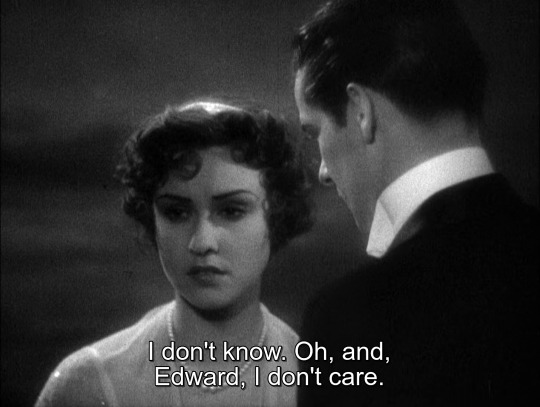
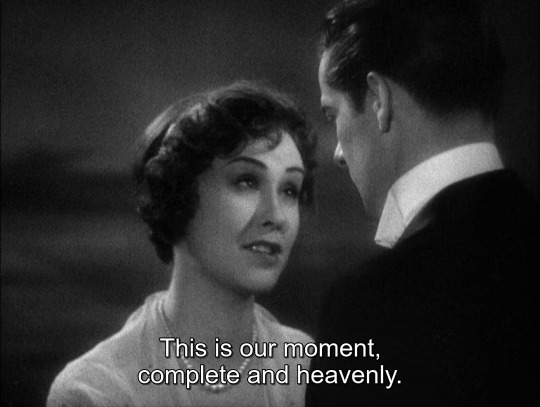

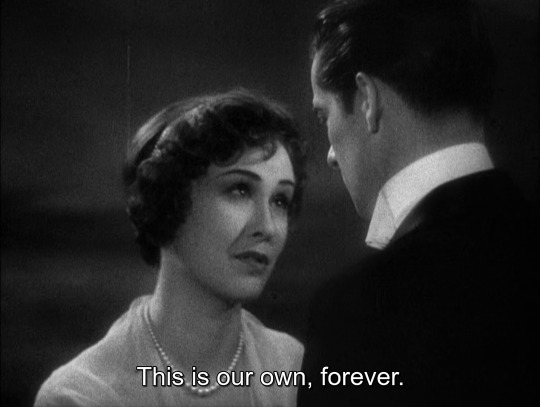
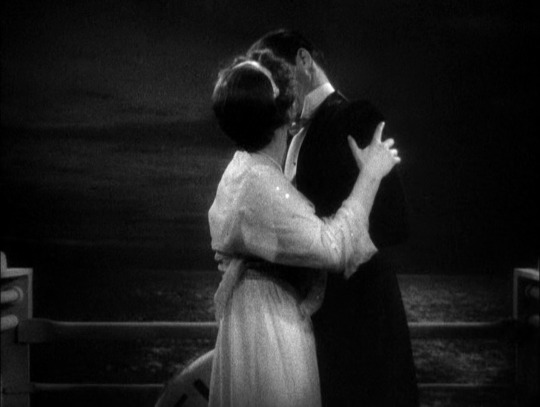

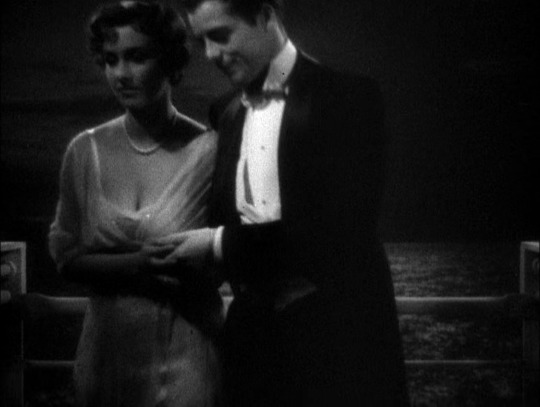


Cavalcade (Frank Lloyd, 1933).
#cavalcade#cavalcade (1933)#frank lloyd#john f. seitz#Margaret Clancey#William S. Darling#Earl Luick
19 notes
·
View notes
Photo

1930's Fashion was all about The Back - Karla Gutchrlein as (The Sisters G) in the movie God's Gift to Women, 1931.
Costume by Earl Luick.
#art deco#1930s fashion#1930s dress#karla gutchrlein#god's gift to women#1931#1930s back#30s back#jazz age#beautiful dress#sisters g#karla gutöhrlein#the sisters g#german dancer#1920s dancers#earl luick#show girls#1920s show girls#20s show girls
183 notes
·
View notes
Photo






Myrna Loy photographed by Elmer Fryer for Bride of the Regiment (1930). It is an American Pre-Code musical film directed by John Francis Dillon and filmed entirely in Technicolor. The costumes are by Earl Luick.
#myrna loy#1930#1930s#elmer fryer#bride of the regiment#american#pre code#john francis dillon#earl luick
1 note
·
View note
Photo

Dorothy Mackaill in The Office Wife (1930)
Direction: Lloyd Bacon
Costumes: Earl Luick
18 notes
·
View notes
Photo



Kay Francis in a black gown designed by Earl Luick and Orry-Kelly for The House on 56th Street (1933, dir. Robert Florey).
#kay francis#photography#the house on 56th street#1933#1930s#30s#robert florey#old hollywood#earl luick#orry-kelly#orry kelly
3 notes
·
View notes
Photo










Dear Earl Luick, thank you a billion times over for the glory that is Tyrone Power’s wardrobe in The Black Swan.
#tyrone power#the black swan#earl luick#new to me 2015#*NF15#this was a massive bundle of awesome technicolor fun#and what yes of course the shirtlessness is part of the costume design#my wee gifs
110 notes
·
View notes
Photo

Heavily beaded aqua dance costume designed by Earl Luick and worn by Betty Grable in the final scene of Springtime in the Rockies (1942)
#movie costume#earl luick#betty grable#springtime in the rockies#1940s#movie costumes#movie gown#debbie reynolds auction
154 notes
·
View notes
Photo



Some costumes designed by Earl Luick and Orry-Kelly for star Kay Francis (photographed with Gene Raymond and John Halliday) in The House on 56th Street (1933, dir. Robert Florey).
#earl luick#orry-kelly#orry kelly#costumes#costume design#kay francis#gene raymond#john halliday#photography#the house on 56th street#1933#1930s#30s#robert florey#old hollywood
2 notes
·
View notes
Photo

365 Day Movie Challenge (2017) - #57: The House on 56th Street (1933) - dir. Robert Florey
Kay Francis, the queen of Warner Brothers’ melodramas until Bette Davis stole the crown, stars in this brief (68-minute), initially slow-moving but generally entertaining depiction of the hardships a woman must endure in order to do right by her kind husband (Gene Raymond) and young daughter (played by Margaret Lindsay as an adult). The film begins in 1905 with Francis playing a chorus girl from a questionable background – both dear old dad and granddad were riverboat gamblers. Francis must decide which of two wealthy suitors she prefers: the charming young playboy (Raymond) or the elegant, middle-aged gentleman (John Halliday), both of whom can provide her with a comfortable life thanks to the privileges of the upper class. Francis chooses Raymond, and has a daughter with him, but a tragic accident sends Francis to prison for murder. (Of course she is innocent, but if justice had been served, there would be no movie.) Twenty years later, Francis – widowed after Raymond is killed in action during World War I – has a makeover (including newly henna-dyed hair to hide her strands of grey) and she rejoins polite society.
During a sea voyage, a sweet-talking gambler (Ricardo Cortez) flirts with Francis; they do not engage in romance (kind of unusual for a studio film made at that time, no?) and instead they work as a pair of con artists, swindling international audiences with some sneaky card games. Upon returning to New York, Francis and Cortez set up shop in a new casino, which is – surprise! – situated in the old mansion on 56th Street and Park Avenue where Francis once lived in luxury with Gene Raymond. (Even the old furnishings have remained.) A number of other dramatic events occur before the movie’s final fade-out, so without giving more of the plot away, I shall just say that The House on 56th Street is definitely worth seeing if you’re an admirer of the much underrated Kay Francis. Dressed as beautifully as she is in gowns designed by Earl Luick and Orry-Kelly, you’ll never want to take your eyes off of this beguiling star, and her acting was always equally exquisite.
#365 day movie challenge 2017#the house on 56th street#1933#1930s#30s#robert florey#old hollywood#warner brothers#warner bros.#warner bros#kay francis#gene raymond#john halliday#ricardo cortez#margaret lindsay#earl luick#orry-kelly#orry kelly#pre-code#precode
1 note
·
View note
Photo

365 Day Movie Challenge (2018) - #140: The Black Swan (1942) - dir. Henry King
Not to be confused with the similarly named Darren Aronofsky drama from 2010, The Black Swan is a pirate swashbuckler starring one of 20th Century Fox’s most popular leading men from the 1940s, Tyrone Power. Power plays Jamie Waring, a handsome rogue who gets caught up between battles for political dominance in 17th-century Jamaica. On one side is Captain Henry Morgan (Laird Cregar), the newly appointed governor of Jamaica, and on the other is Captain Billy Leech (George Sanders), who attacks Morgan’s ships in efforts to establish supremacy on the high seas. Such vengeful deeds are to be expected in Jamie’s line of work, but what he doesn’t expect is to fall for Lady Margaret Denby (Maureen O’Hara), a strong-willed woman of aristocratic bearing who defiantly rebukes Jamie’s advances.
It can be difficult to watch such old-fashioned manhandling - particularly given that Alfred Newman’s lighthearted score indicates that 1942 audiences were supposed to be charmed by Jamie’s won’t-take-no-for-an-answer approach - so it is a relief when Lady Margaret takes the incentive to bite Jamie’s tongue and, in one scene when she feigns interest in listening to his life story, she knocks him out by smacking him in the head with a rock. One thing you could always count on was for Maureen O’Hara to imbue her characters with courage and a rebellious streak. She wouldn’t take guff from any man, either onscreen or off. To Tyrone Power’s credit, he is watchable because he was a fine actor (rather underrated compared to many of his contemporaries) and an awfully good-looking man, but I kind of hated myself for enjoying the experience since his character does so many loathsome things.
The Black Swan is an alright, if thoroughly inessential, example of Fox-brand entertainment. The cast also includes Thomas Mitchell, Anthony Quinn, George Zucco, Fortunio Bonanova, Rita Christiani (a dancer who starred in avant-garde auteur Maya Deren’s 1946 short film Ritual in Transfigured Time), Jody Gilbert (who later had a memorable supporting role in the horror classic Willard) and Clarence Muse, all of whom do reasonably well within the confines of a big-budget adventure flick. The best elements of the film are the technical achievements, chiefly the Academy Award-winning Technicolor cinematography by Leon Shamroy, the incredibly elaborate costumes designed by Earl Luick, and the art direction/set decoration by James Basevi, Richard Day and Thomas Little. It’s also worth noting that The Black Swan is one of the rare films of its era to break the "one foot on the floor” rule of the Hays Code; there is a scene in which a shirtless Tyrone Power briefly hops into Maureen O’Hara’s bed while they are trying to convince George Sanders that they are a married couple.
#365 day movie challenge 2018#the black swan#1942#1940s#40s#henry king#old hollywood#20th century fox#tyrone power#laird cregar#george sanders#maureen o'hara#thomas mitchell#anthony quinn#george zucco#fortunio bonanova#rita christiani#jody gilbert#clarence muse#leon shamroy#earl luick#james basevi#richard day#thomas little
1 note
·
View note




